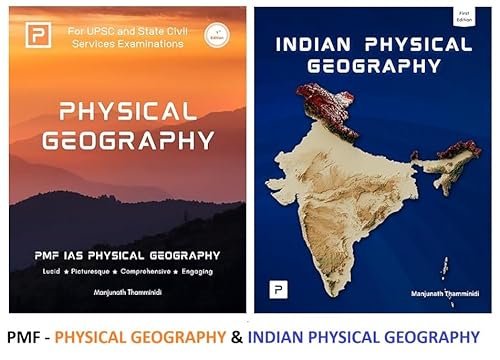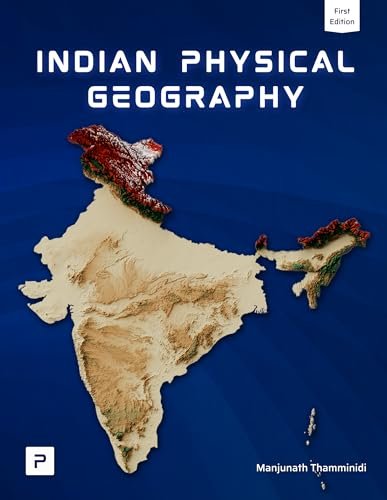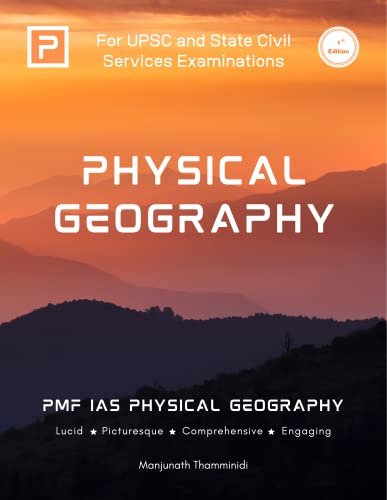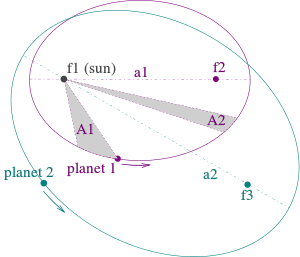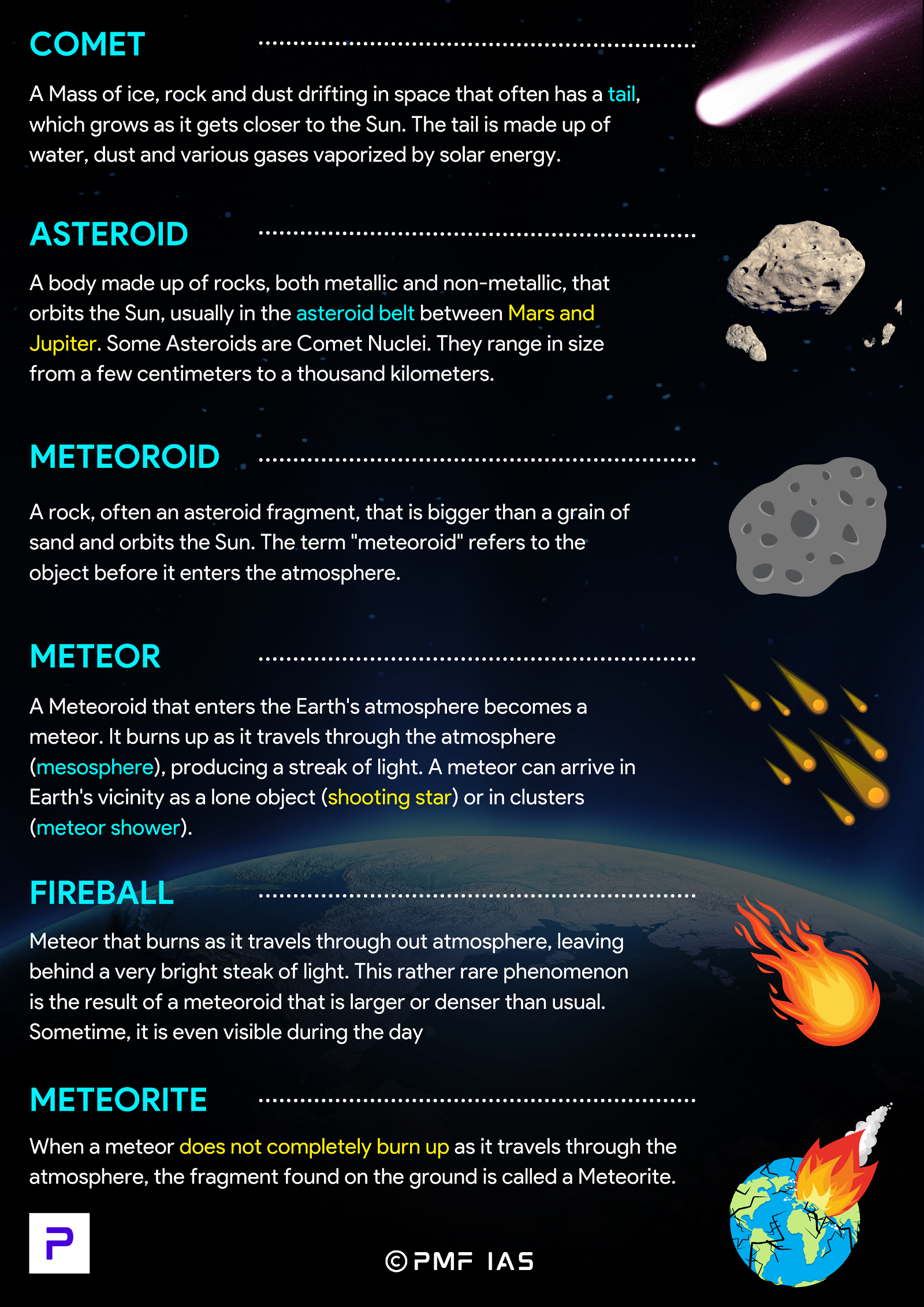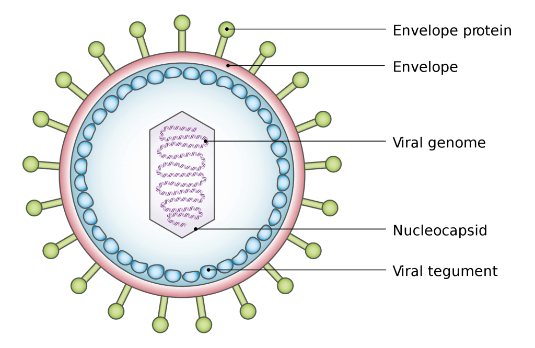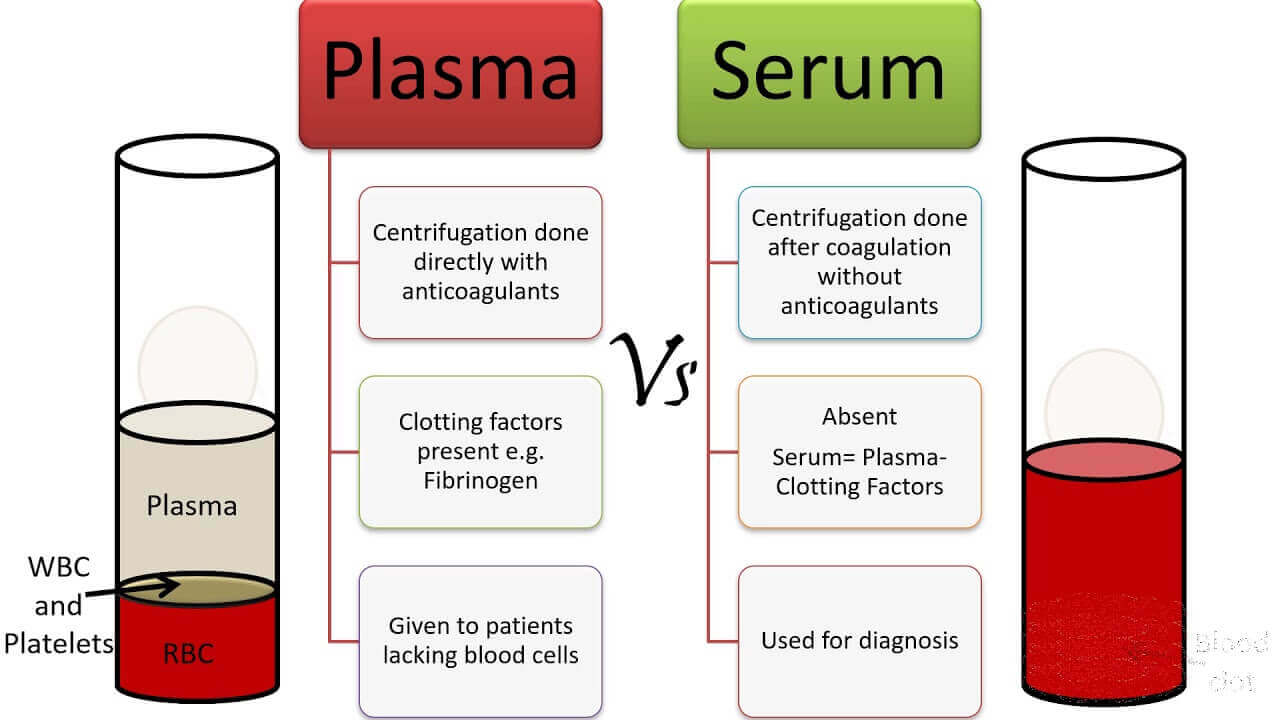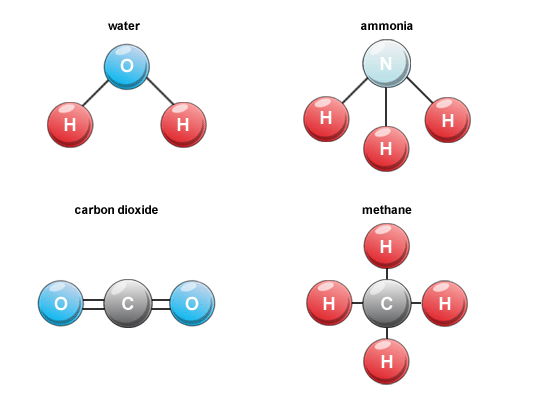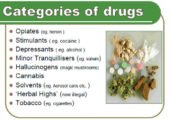
Components of the Solar System, Planets and Their Major Moons
Subscribe to Never Miss an Important Update! Assured Discounts on New Products!
Must Join PMF IAS Telegram Channel & PMF IAS History Telegram Channel
Last updated on April 23, 2024 9:43 AM
- Our solar system consists of the sun, eight planets, dwarf planets (Pluto, Ceres, Eris), satellites & countless minor planets, asteroids, meteors, comets, etc.
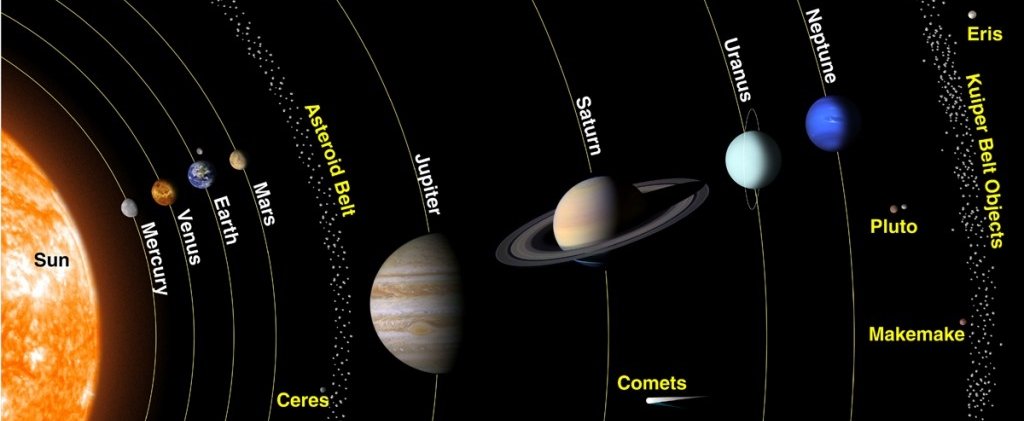
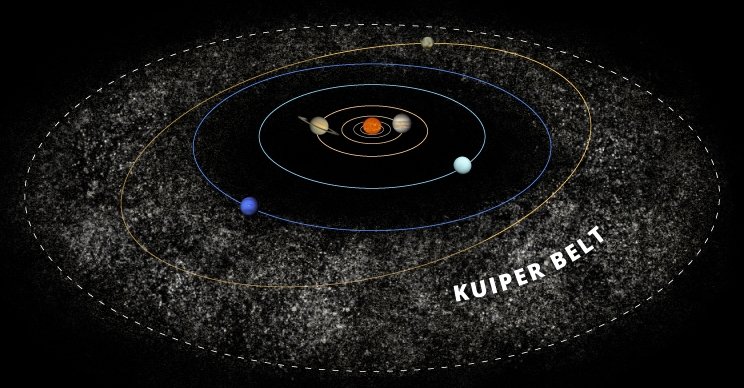

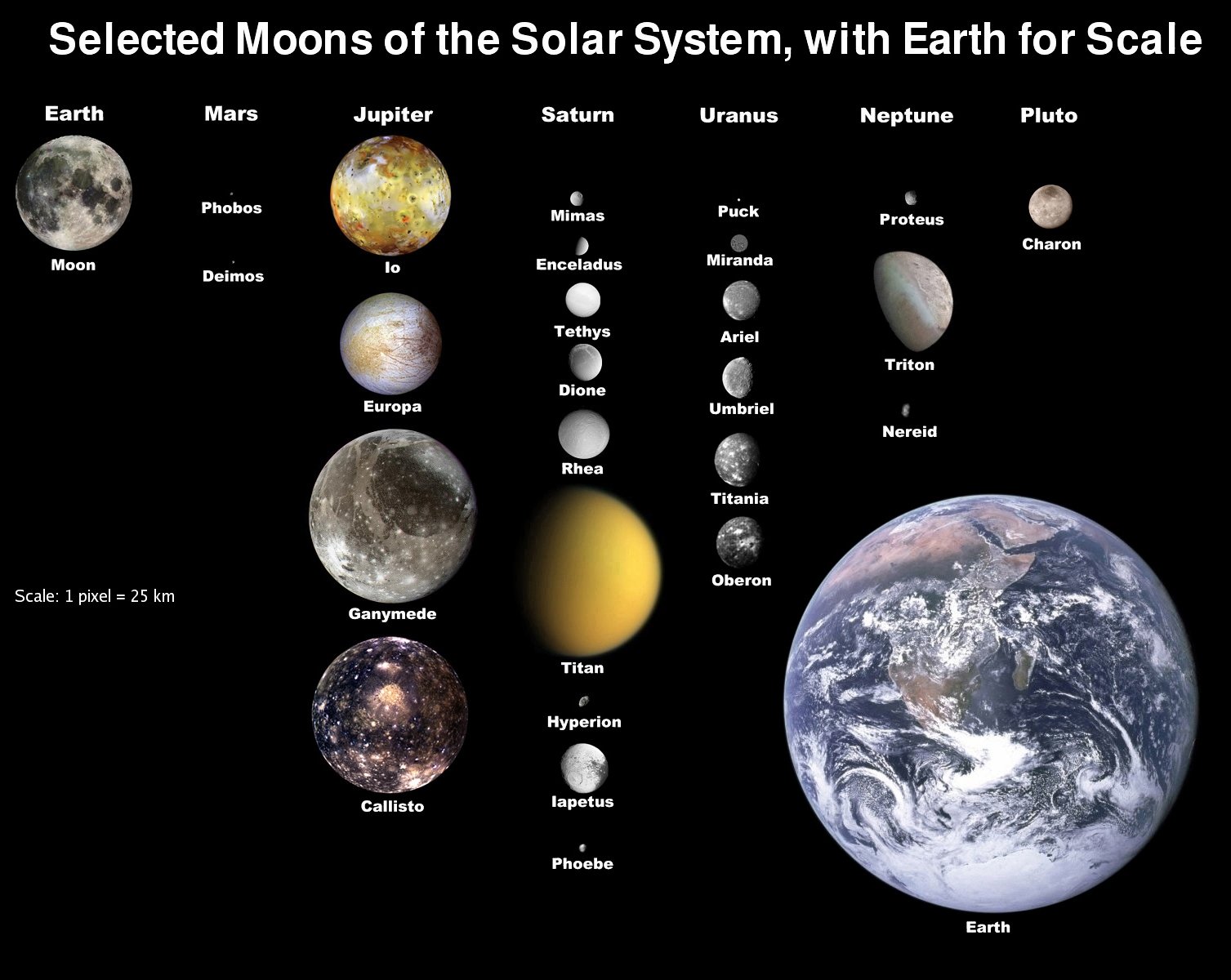
- Nicolaus Copernicus was the first to develop a mathematically predictive heliocentric solar system — an astronomical model in which the Earth and planets revolve around the Sun.
- Most large objects in orbit around the Sun lie near the plane of Earth’s orbit, known as the ecliptic. The planets are very close to the ecliptic, whereas comets and Kuiper belt objects (like Pluto) are frequently at greater angles to it.
- The orbits of the planets around the sun are nearly circular, but many comets, asteroids, and Kuiper belt objects follow highly elliptical orbits.
[UPSC Prelims 2001] Who amongst the following was the first to state that the earth was spherical?
Explanation:
|
|
Planet |
Surface Temp in ֯C |
Period of Rotation |
Period of Revolution |
Distance in AU |
Diameter (km) |
Size Rank |
Density (gm/cm3) |
Specific gravity (m/s2) |
|||
| 1. Mercury | +427 |
58 days |
87 days |
0.4 |
4,878 |
0.38 |
8 |
0 | 5.4 | 3.7 | 0.38 |
| 2. Venus |
+480 |
243 days |
224 days |
0.7 |
12,104 |
0.95 |
6 | 0 | 5.2 | 8.9 | 0.9 |
| 3. Earth | +22 |
23:56 hrs |
365 days |
1 |
12,756 |
1.00 |
5 |
1 |
5.5 |
9.8 |
1 |
| 4. Mars | -23 |
1.025 days |
687 days |
1.5 |
6,787 |
0.53 |
7 | 2 | 3.9 | 3.7 | 0.38 |
| 5. Jupiter | -150 |
9.9 hrs |
11.9 years |
5.2 |
1,40,000 |
11.19 |
1 |
79 | 1.3 |
24.9 |
2.53 |
| 6. Saturn | -180 |
10.7 hrs |
29 years |
9.6 |
1,16,000 |
9.46 |
2 |
82 |
0.7 |
10.4 | 1.06 |
| 7. Uranus | -214 |
17 hrs |
84 years |
19.2 |
51,000 |
4.11 |
3 | 27 | 1.3 | 8.8 | 0.9 |
| 8. Neptune | -220 |
16 hrs |
164 years |
30.0 |
48,000 |
3.88 |
4 | 14 | 1.6 | 11.1 | 1.13 |
|
Pluto (dwarf) |
-223 |
6.39 days |
248 years |
39.5 |
2,377 |
0.18 |
9 | 5 | 1.9 | 0.6 | 0.06 |
|
Some of the values given in the table are rounded off. |
|||||||||||
Last updated on April 23, 2024 9:43 AM




